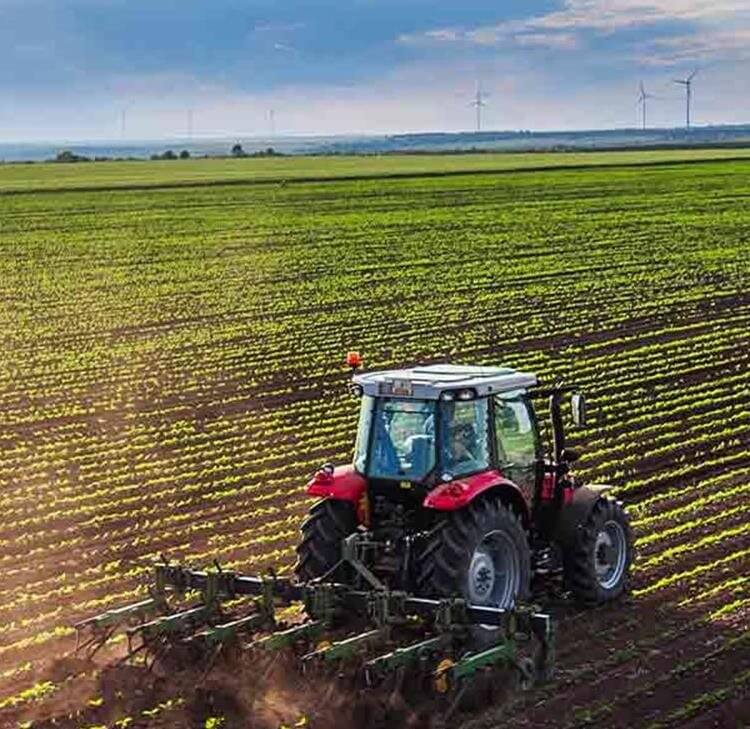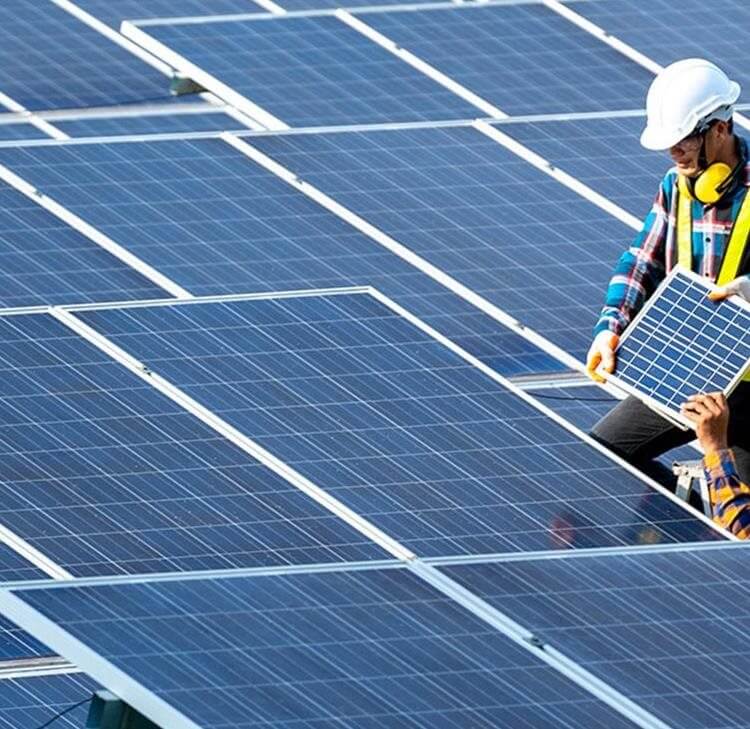Pushing water uphill? Water Quality and the 25 Year Environment Plan
The government has outlined an ambitious target for improving the quality of water, and based on its own progress report and the Environment Agency’s results, it faces an increasingly uphill challenge to meet these goals.
Back in January 2018 the Government launched its 25 Year Environment Plan. This outlined the Government’s goals, approach and methods for enhancing the environment over the next twenty-five years. As the Secretary of State for the Environment put it, the document outlines how the government will meet its ambition “…to leave our environment in a better state than we found it.”
One of the goals of the plan is to achieve clean and plentiful water by ensuring that three quarters of water is close to its natural state as soon as practicable. The plan states that it will achieve this by: reducing the abstraction of water from rivers and groundwater; reaching or going beyond objectives for rivers, lakes, coastal and ground waters that are specially protected; supporting OFWAT’s ambitions on leakage; and minimising by 2030 the harmful bacteria in designated bathing waters.
Recently, in June 2020, the government published its second progress report for the plan covering the period between April 2019 to March 2020. In respect of water quality, the report advised that in 2017, 16% of all surface waters met “good ecological status,” which inevitably fell short of the three quarters target. The report accepted that the target will be ‘challenging to meet’ and explained that the causes were related to physical modifications of water bodies, diffuse pollution from rural areas, waste water and pressures from towns, cities and transport. The number of designated bathing waters that met the minimum standard increased to 98.5%, with 71% of bathing waters being designated as ‘excellent’.
Water Quality and the Water Environment (Water Framework Directive) (England and Wales) Regulations 2017 (“The Water Environment Regulations 2017”)
The Water Environment Regulations 2017 (which revoke the previous 2003 Regulations) implement the European Union’s Water Framework Directive 2000, which aims to enhance the environmental status of both surface water bodies and ground water. The Regulations also implemented parts of the Priority Substances Directive 2008 and the Groundwater Directive 2006. Under Regulation 3, DEFRA and the Environment Agency are responsible for securing compliance (in England) with the Regulations.
Under sections 13(2) and (3) of the Regulations, surface water bodies and artificial/heavily modified water bodies are required to have both good ecological status and good surface water chemical status by 2027 at the latest. Recently, on 17th September 2020, as part of its obligations under the Regulations, the Environment Agency published a report on the chemical and ecological status of rivers, lakes and streams in England: none were classified as having a “good” standard overall, where the standards for both the chemical and ecological tests were met.
The Environment Agency tested approximately 4,600 surface water and groundwater bodies for their ecological and chemical status. Of all the water tested, 3,740 were given an overall rating of ‘moderate’, 793 were rated ‘poor’ and 137 were classified as ‘bad’. By contrast, when the Environment Agency last conducted its tests and published the data, eight surface waters were classified as ‘high’, 738 as ‘good’, 2978 as ‘moderate’, 822 as ‘poor’, and 149 as ‘bad’. According to the Environment Agency, the water industry and agriculture were the sectors that contributed most to the poor results by a large margin.
Chemical status
All water bodies have been classified as failing the tests for chemical status, as per the Water Framework Directive, with the presence of chemicals being at an ‘unacceptable’ level. The Environment Agency has described brominates flame retardants, PFOS and mercury as being ‘ubiquitous in the environment’.
Ecological status
Only 14% of England’s rivers reached “good” ecological status, which has remained static since 2016 when the statistics were last published. Interestingly, both of the rivers that were classified as having ‘high’ ecological status are situated in Northumberland while the areas with most rivers classified as ‘bad’ are situated in The Tees catchment (with nine rivers being classified as such), the Eden and Esk catchment in the Lake District (eight rivers) and the Weaver Gowy catchment in Cheshire (six.) Though the north of England appears to have the most river in bad ecological health, Dorset in the south-west has had six rivers classified as such as well.
Reaction to the data
The Environment Agency has acknowledged that water quality ‘is not good enough’, with the Environment Minister Rebecca Pow stating that the report made ‘uncomfortable reading’. However, the Environment Agency has pointed out that changes in the way it monitors water has led to an increase in the identification of chemicals, which has resulted in the substantial difference between 2016 and 2019 data. The Environment Agency has also highlighted the role of water companies regarding pollution, following the recent publication of its report (in October) outlining their poor performance. According to the statistics, the number of pollution incidents in 2019 (2204) was the highest in five years.
Inevitably, the results have failed to satisfy environmental groups and campaigners. Indeed, Fergal Sharkey, a former pop star who actively pursues fly fishing, has been critical of a lack of progress on river health calling the result ‘catastrophic’. In collaboration with Jolyon Maugham QC, he has also launched a judicial review in respect of the government’s and Environment Agency’s management of rivers. In recent comments to The Times, he stated that “….there is not a single river that meets good overall status. It’s outrageous. It’s just incredible.”
Conclusion
The government has outlined an ambitious target for improving the quality of water in its 25-year plan. However, based on its own progress report and the Environment Agency’s results, it faces an increasingly uphill challenge to meet these goals. Given that pollution from the water industry was shown to be one of the major contributors to the results, and with water companies’ performance under the spotlight, it will be interesting to see how the government responds; already the Secretary of State for the Environment, Food and Rural Affairs has called for water companies to “step up and do better.” The Environment Bill has also introduced a requirement for the government to impose at least one legally binding target in respect of water quality, which DEFRA has signalled will focus on pollutants.
Furthermore, the reaction to the water quality results, not just by environmental organisations, lobby groups and the media, but also by individuals – as seen with the judicial review being mounted by Fergal Sharkey – shows that the issue of water quality will not be disappearing anytime soon.









































